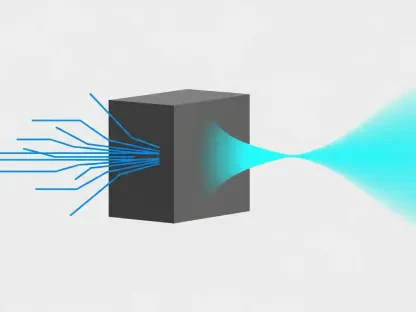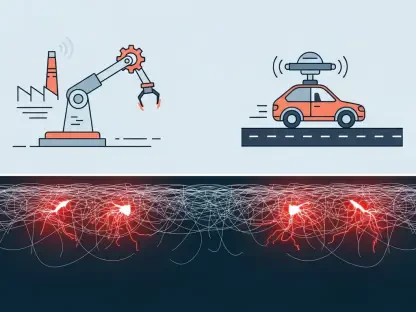In the rapidly evolving world of telecommunications, a pressing challenge is harnessing artificial intelligence to create truly autonomous networks. Central to this endeavor is the acquisition and management of high-quality, diverse data from a multitude of systems. For telcos, having clean, accessible, and varied data is vital for effectively implementing AI strategies. Yet, this task is complicated by disparate sources and legacy systems that are difficult to integrate. A unified data lake seems imperative, but entrenched architectures are often resistant to change. This obstacle frequently results in failed AI trials as telcos struggle to manage data from varied origins. Success in overcoming these challenges is pivotal if telcos aim to advance towards Level 4 or Level 5 autonomous networks. Identifying flat data architecture as a necessity for this evolution, the industry must confront several critical challenges to achieve this lofty aim.
Data Integration Challenges in Modern Telco AI
To fully leverage AI advancements, telecommunications companies need to overhaul their current approaches to data integration and management. Achieving comprehensive network automation requires transitioning to a flat data architecture. However, this endeavor is complicated by existing systems and infrastructures that prioritize stability over flexibility. Telcos face challenges with data silos, each with unique protocols and accessibility hurdles, impeding integration and unified data processing. To address these issues, it’s essential to ensure effective aggregation from various sources, streamlining data flow through advanced analytics and emerging technologies. By deploying innovative solutions, companies can dismantle silos and promote a more accessible, consistent data environment conducive to AI progress. Overcoming these data integration barriers is crucial for telcos aspiring for network autonomy. Collaborative efforts with tech innovators, focusing on adopting new technologies and seamless architectures, promise a future of highly autonomous networks, redefining connectivity and enhancing operational efficiency.









